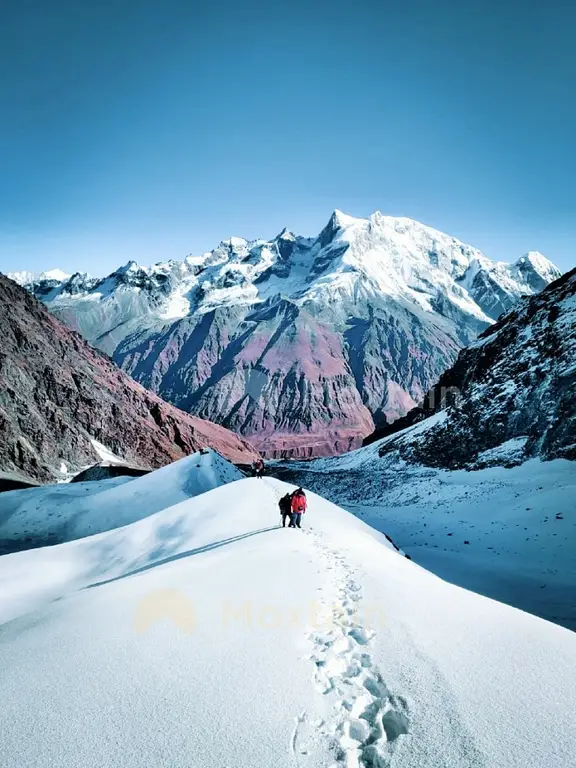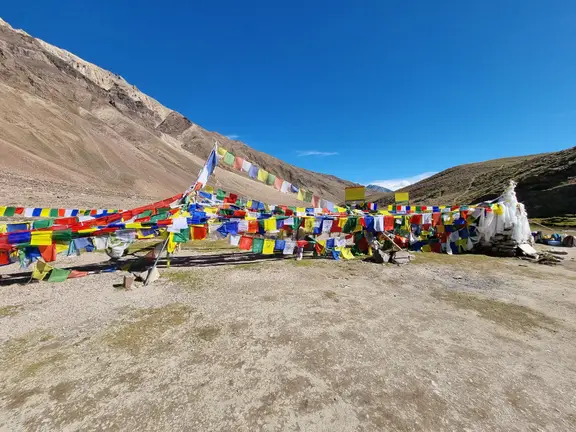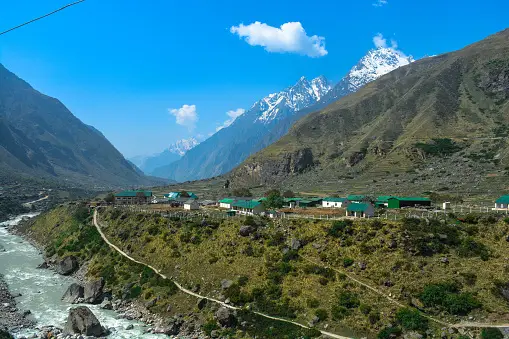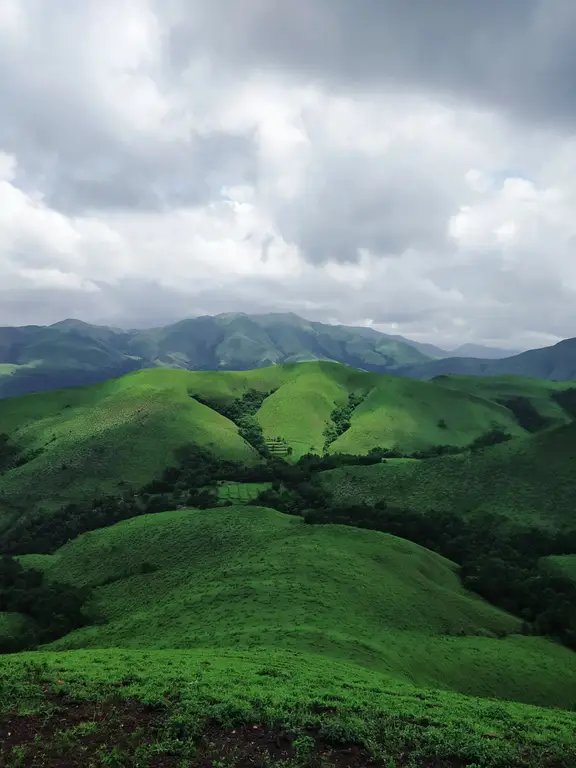Bali Pass Ruinsara Trek: Best Time to Visit
ABOUT BALI PASS:
If you want to explore the ethereal beauty of the jagged, furrowed and rocky mountain ranges with the dense wooded coniferous forests dotting them, then Bali Pass should feature at the top of your bucket list. This Pass will give you an unforgettable chance to witness the stark majestic beauty of a Himalayan Pass crossing. The Bali Pass, which connects Har Ki Dun valley to Yamunotri, is regarded as a trekker’s paradise. It passes through the Tons and Ruinsara river confluences, the unspoiled tranquility of the Ruinsara Valley, and the verdant and luscious meadows of Devsu Thach.

BALI PASS TREK HEIGHT:
The Bali Pass, tucked away at a staggering height of 5000m above sea level in the heart of Garhwal, offers a holistic panoramic view of Bandarpoonch, Swargarohini, and Kalanag peaks. The Bali Pass Ruinsara trek is replete with thrills and mesmerizing sights that will leave you in a wistful longing to strike root here forever. The trip begins in Sankri village and concludes at Jankichatti.
Also Check: Bali Pass- An Exhilarating Getaway To The Path Less Trodden
BALI PASS ATTRACTIONS FOR SOLO TREKKERS:
The Bali Pass trip is full of excitement, and the rugged landscape of this Himalayan pass buoys up your mind and spirit. Throughout the journey, you will be enthralled by the amazing mountainous terrains, deep woods, lush meadows, and colorful orchards. The trek traverses through Govind National Park, which is home to species such as the Langoor, Indian Crested Porcupine, Yellow Throated Marten, Wild Boar, Black Bear, and the mountain goat Bharal. The ravishing alpine meadows of Devshu Bugyal are bordered up by cluster of thick trees, while the steep mountains of Swargarohini and Kalanagrise tall at a distance and pose an imposing scene in the backdrop.
THE EXCLUSIVE LOCATIONS OF BALI PASS
Bali Pass is also famously known for a rare breed of flower, only one of its kinds: Brahma Kamal (Queen of the Night). This flower is naturally imbued with several healing properties used for medicinal purposes.The exuberance of mountainous rivers, like the Tons, Yamuna, and Supin rouses your soul and spirit as you journey along them. Bali Pass Trek's soothing locations include the holy Ruinsara Lake and Yamunotri temple, which will deepen your religious feelings. En route to Bali pass, you'll be wowed by the spectacular sweeping views of the majestic triad of Kala Nag, Bandarpoonch, and Swargarohini peaks.
Yamunotri Dham is included in the Bali Pass Trek. Yamunotri Dham is located in Uttarakhand's Uttarkashi district. The temple is located in Garhwal's western area. The Yamunotri is the Yamuna River's headwaters, located around 3,293 metres above sea level. This temple was erected by Maharaja Pratap Shah of Tehri Garhwal. People from all over the world land here to take part in this magnificent trip to experience the peace of mind, this adventure provides.
THE VALLEYS AND RANGES VISIBLE FROM BALI PASS
The high water mark of this trek is the Yamunotri temple, which is surrounded by rolling meadows, pastures, rugged mountain slopes, pine woods, glacier ranges, and breathtaking vistas of the Great Himalayas. Furthermore, this is the only valley from where the trekkers can view the heaven-kissing peaks of the range such as Bandarpoonch Peak (6300 Meters), Black Peak (6387 Meters), Kalanag, Ruinsara Lake (3500 Meters), Bali Pass (4950 Meters), and Swargarohini (6300 Meters), among many others!
This trip blesses the trekkers to experience the wild side of the sacred Yamunotri valley. The route passes past settlements that exude the opulence of bygone eras. The natural splendor of Osla and Ghangad villages provides a glimpse into a historic yet modern Himalayan civilization. Debshu Bugyal is the most enthralling alpine meadows which add to the splendor of the beguiling Bali pass climb.
THE ELEGANCE OF RUINSARA LAKE
Ruinsara Tal is the icing on the cake of this journey. Ruinsara Lake is a splendid glacial lake. This lake is placid and serene, nestled among the magnificent mountain ranges of Swaragrohini. The bordering meadows and pastures are pristine and untouched.
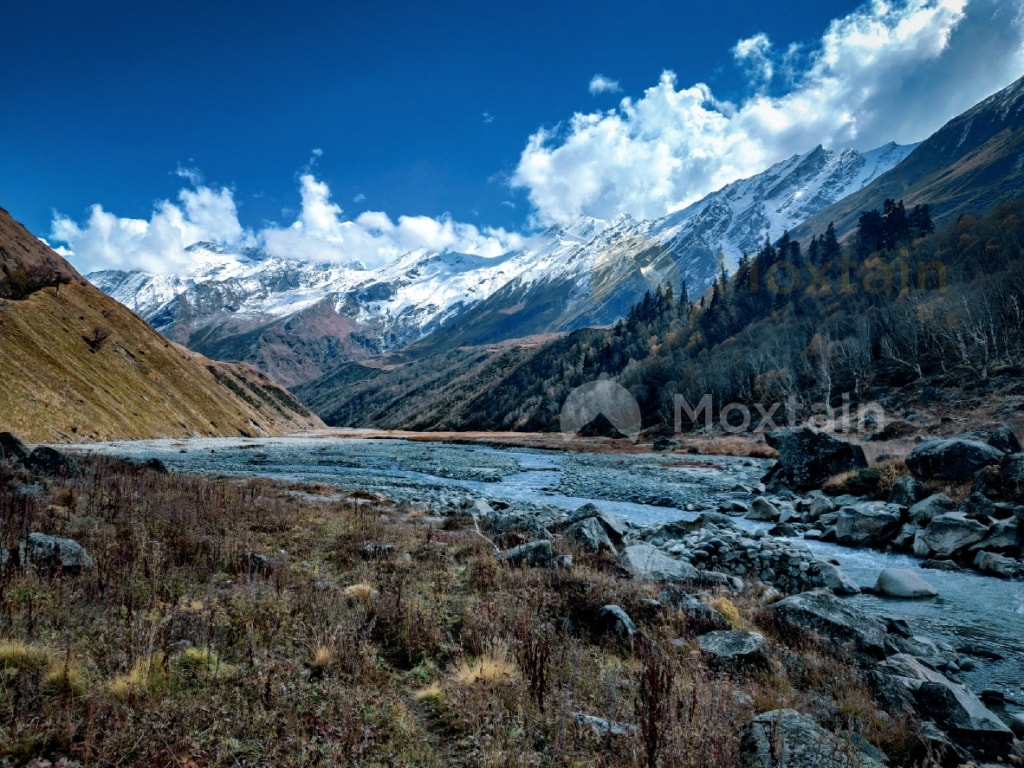
BALI PASS’S SCENERY AT ITS BEST
It's an exciting adventure to maneuver through the tricky trails ahead of Odari with brisk moves. The towering peaks and freezing Saptarishi Kund are a spectacle to marvel at as you near the pass. The lustrous Dyara Bugyal can be seen from crest of the pass. The finale is the summit ascent to Bali pass, which is densely dusted with snow throughout the year. Besides the thrilling ascent, the descent in the trek will bedazzle the trekkers and gratify every adventurous nerve.
The Bali pass trip is designed for hikers who want to explore new and far less travelled trails. Even if it is challenging, each step is worthwhile. It tests us in every way, with dramatically varying topography, small routes, perilous descents, and long hours of trekking. Bali pass trip is unlike any other Himalayan journey in terms of historical, spiritual, and mountaineering value. It's a voyage into the mysterious unknown.
BEST TIME TO VISIT BALI PASS:
BALI PASS DURING PRE-MONSOON:
The summer season may begin as early as mid-May, depending on the amount of snow that fell during the previous winter, and could linger until the second half of June, when the monsoon usually sets in. Summer brings the greening of the woodland and meadows, as well as the blossoming of flowers. Rhododendrons abound in the Ruinsara Valley throughout the month of June.
During this season, you will find lush campsites initially as you start the trek. From these campsites, the trekkers will be able to enjoy the uninterrupted stunning views of the Himalayan Peaks and verdant landscapes throughout the summers due to the clear skies. These landscapes bathe in brilliant golden hue as the sun sets. As you climb higher, you will be able to view the enigmatic snow trails of the elevated campsites.
You could even receive some frosty or melting snow from the glaciers as summer approaches in May. During the pre-monsoon months of May and June, the path is covered in snow, making it a great opportunity for adventurers to indulge in their passion for the snow.
BALI PASS DURING POST MONSOON:
The Bali Pass greets trekkers with fresh and vibrant scenery during the months of September and October. During the fall season, the entire environment changes colours throughout the fall season, clothing itself in dazzling shades of yellow, brown, and orange.
The month of September is marked by withered autumnal leaves and a charming ambience as the month of October marks the start of the year's first snowfall. The surrounding is mostly dry with a faint autumnal feeling. This trek is best attempted in the month of September. This reduces the difficulty level slightly because there is less snow, which unblocks the pathways without having to take into consideration the factor of rain, which makes terrains quite treacherous. It is also very cold as you climb higher and higher. You will need proper layering and a bunch of woolen clothes. You should take along several winter garments and snow boots.
This month, snow enthusiasts may satisfy their appetite for thrills and adventure. The temperature is relatively low in the post-monsoon months. Temperatures at Ruinsara Lake can drop below 0 degrees Celsius and even colder. To defend oneself from the bitter cold throughout the month of October, you will need to dress in several layers.
BALI PASS WEATHER AND TEMPERATURE:
Bali Pass is snow-covered till the beginning of May. As the temperatures increase, the snow melts and the pathways become slippery. During the summer months of May and June, daytime temperatures range from 18 to 25 degrees Celsius, and with night time the temperatures plummet down from 0 to 5 degrees Celsius. Temperatures begin to decrease more in the fall months of September and October, and can fluctuate from 0 degrees to sub-zero temperatures at higher elevations.
DIFFICULTY LEVEL OF BALI PASS TREK AND WHY:
The Bali Pass trek is regarded as tough trek. The journey track is peppered with rough terrain, uneven pathways, and arduous ascents and descents. As a result, you must be extra cautious when choosing every move along the route.This journey lasts for five days. Every day, you will have to walk 7 to 8 kms. It necessitates both physical and mental preparation. This journey demands preliminary preparation such as practicing long-distance walking, exercising, and meditating to attain mental and physical equilibrium.
Acute Mountain Sickness (AMS)is fairly prevalent on this high-altitude journey. Because of the high altitude, the oxygen level in the air is quite thin, making traversing difficult. If not handled correctly, this illness can prove to be indeed fatal. AMS can induce nausea, vomiting, shortness of breath, rapid heartbeats, and headaches. This might seriously derail the journey and pose complications. To avoid this, appropriate acclimatization, relaxing when essential, and arriving a few days prior to the journey are recommended.
This trip is recognized as one of the Himalayas' most remote and difficult treks. The route becomes increasingly tough with each step. The routes are exceptionally narrow and hazardous, and this climb entails extended hours of trudging on glaciers. You must be extremely vigilant and watchful in all of your actions.Before embarking on the Bali Pass trip, you must have prior trekking experience. To have a comfortable trekking encounter, contact Moxtain for this trip and arrange for a team of competent, qualified and skilled trekking guides who are well acquainted with the tricky terrains.



